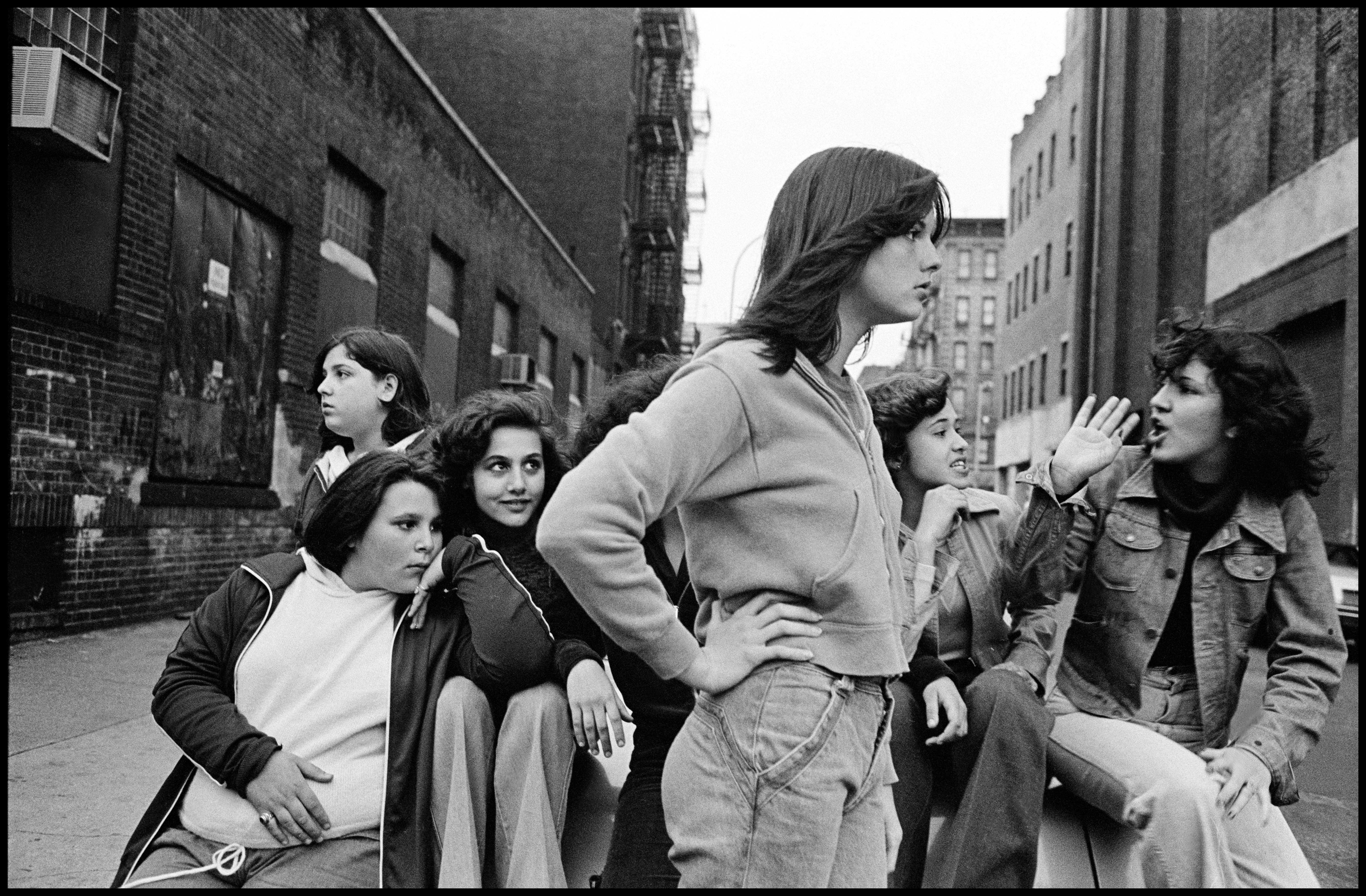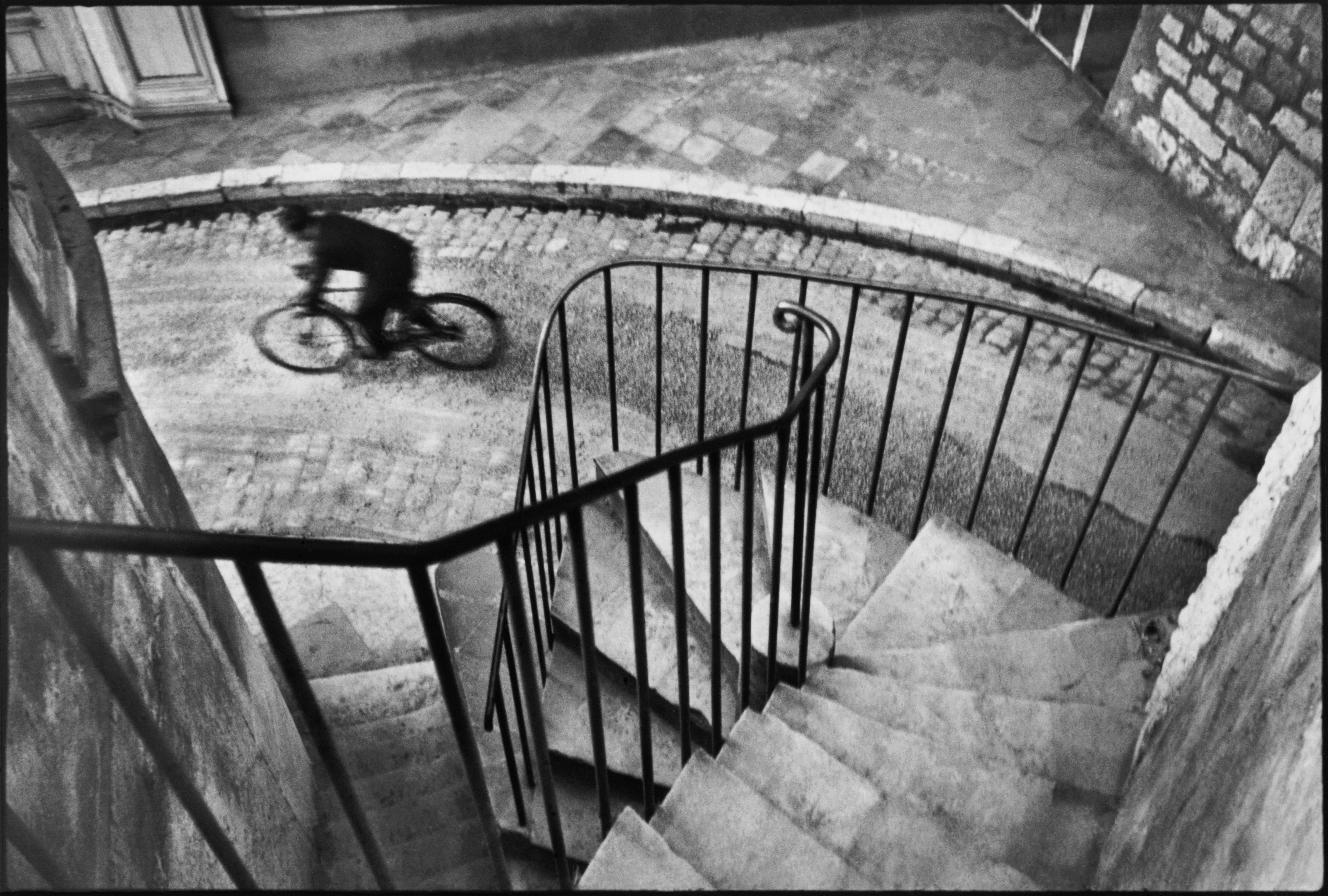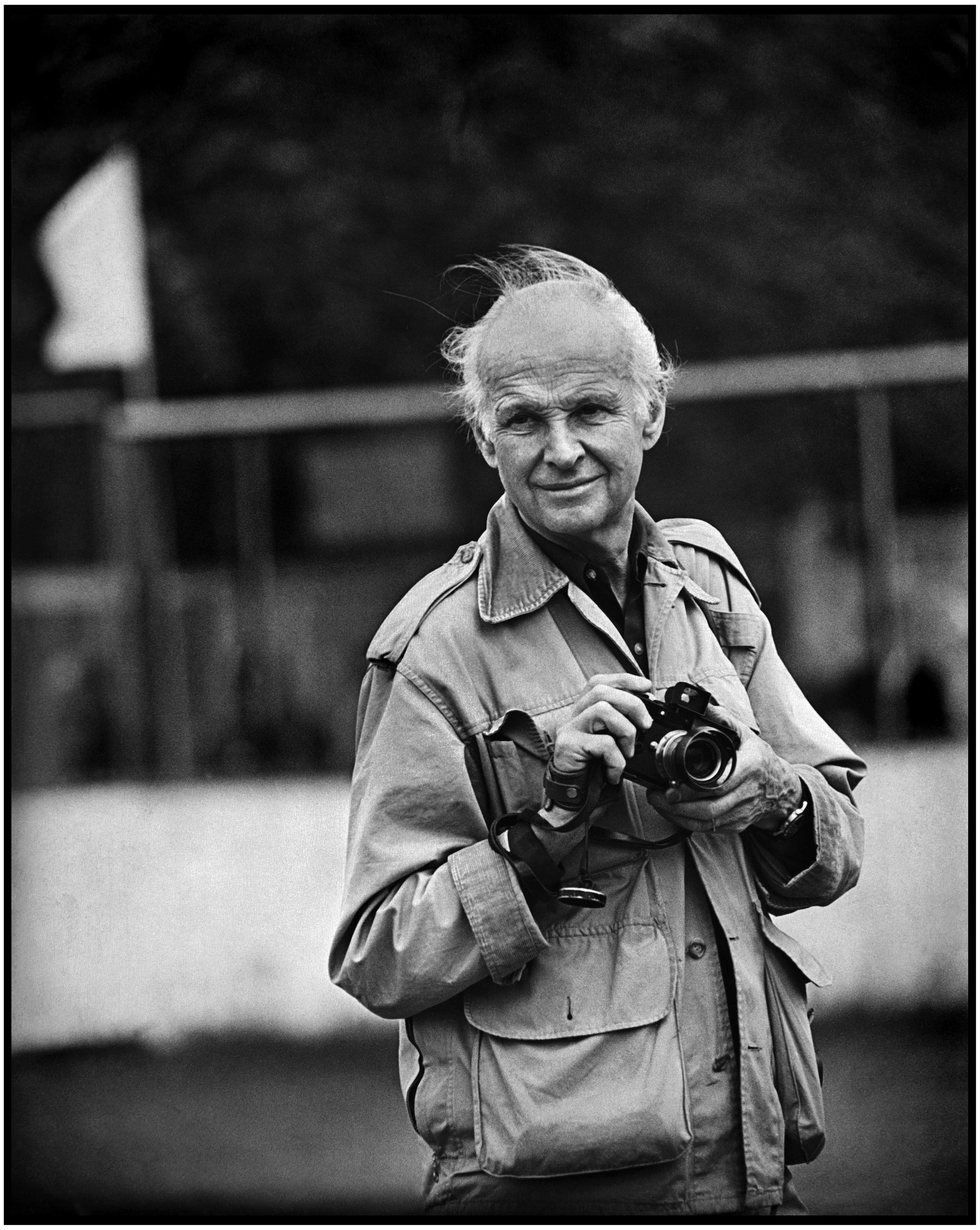Magnum Learn Monday: How to shoot street photography like a pro
Exclusive extracts from The Art of Street Photography – the first online course offered by iconic agency Magnum Photos

Digital Camera World has partnered with Magnum Learn to publish a taster of its first online course, 'The Art of Street Photography'.
Magnum Learn is the education portal of Magnum Photos, and the course tutors comprise Martin Parr, Peter van Agtmael, Carolyn Drake, Richard Kalvar, Mark Power, Bruce Gilden and Susan Meiselas.
So read on for a flavor of 'The Art of Street Photography', which consists of 10 themed lessons and costs $99. We'll be publishing a new extract every week on Magnum Learn Monday until 02 September!

How would you define “street photography?”
While the term is widely used, there is in fact no clear, single and absolute definition of what it constitutes.
The term “street” is ambiguous. While it often evokes images of photographers pacing the pavement, weaving through traffic, ducking and diving while making ‘images a la sauvette’ (images on the run – Henri Cartier-Bresson’s original phrase to describe street photographs), the ‘street’ can be anywhere in the public realm, indoors or out. It can occur in a village or a city, or even in a conflict zone.
For many, it is grounded in the candid tradition of photography, of “real people doing real things”, as described by the course tutor Richard Kalvar. For others, the street represents a space to find individuals to engage with and photograph.
At its core, so-called ‘street’ photography is about chance encounters in public spaces; being in the world, discovering things.
It is, as Executive Director of the Aperture Foundation Chris Boot says, about “improvising, thinking, responding, dealing with people… discovering pictures in public settings, as distinct from planning pictures… You’re open to the possibilities around you.”

It can also be about the presence of the street, and what that represents: humanity, society, architectural forms and more.
There is no one definition of street photography, no one ‘right’ way, as exemplified by the variety of approaches, represented within the history of photography.
Working strictly in line with tradition, categories or “pigeon holes” as course tutor Bruce Gilden calls them, can be extremely limiting, when in truth the ‘street’ can offer endless opportunities to make different kinds of photographs.
As alluded to by course tutor Peter van Agtmael, the beauty of the street is in the “unexpectedness of the encounters.”
The key is to establish a personal definition for what the street means, and to be innovative, bringing a unique vision and new ideas to challenge the genre’s traditions.
Magnum Photos and street photography
With a history spanning more than 100 years, street photography is an established and revered practice. Magnum Photos has a deep-rooted relationship with the genre, from the pioneering Henri Cartier-Bresson’s notion of ‘the decisive moment’ to notable contemporary photographers reimagining what street photography can be.
There is no singular approach, rather a diversity of unique voices each working to their own vision; from Cartier-Bresson’s wanderings to the vivid social satire of Martin Parr.
Throughout the Magnum archives there are myriad approaches and a plethora of visions of what constitutes the genre, from the charming and lighthearted to the visceral and vital; from those who manoeuvre through crowded streets, to those who take a slower approach.
Henri Cartier-Bresson, the pioneering co-founder of Magnum Photos
Born in Chanteloup-en-Brie, France, Henri Cartier-Bresson developed a strong fascination with painting early in his life.
In 1932, after spending a year in the Ivory Coast, he discovered the Leica, his camera of choice from that moment on, and started a life-long journey within photography.
Made a prisoner of war in 1940, he escaped on his third attempt, in 1943, and subsequently joined an underground organisation to assist prisoners and escapees.

In 1945, he photographed the liberation of Paris with a group of professional journalists, then filmed the documentary Le Retour [The Return].
In 1947, with Robert Capa, George Rodger and David ‘Chim’ Seymour, Cartier-Bresson founded Magnum Photos.
After three years spent travelling in Asia, he returned to Europe in 1952, where he published his first book, Images à la Sauvette [Images on the Run].
What is 'The Decisive Moment'?
Pauline Vermare, Cultural Director of Magnum Photos, New York, defines 'The Decisive Moment'.
“One of the most famous concepts that defines street photography is ‘the decisive moment’, which is a label that has been stuck on Henri Cartier-Bresson for a long time.
But Agnès Sire, Artistic Director of the Foundation Cartier-Bresson, has been arguing and demonstrating over the past few years that ‘the decisive moment’ was not something that Cartier-Bresson was really talking about.
“As beautiful as it is, one of the limitations of ‘the decisive moment’ – when everything comes together, the content and the composition – is that there is a lot of beauty in the ‘indecisive moment’, the weak moment in the photograph, when nothing seems to be happening.
“This is because photography is not always about just one frame; photography is very much about the series, the sequencing of images.”
About Magnum Learn
‘The Art of Street Photography’ is the first course to be offered on Magnum Learn, the new online learning platform from the world’s most prestigious photo agency.
The course consists of 10 themed lessons comprising in-depth video and tutoring from Magnum pros, offering key advice and guidance to help improve your photography in the street… and beyond.
Seven world-class photographers teach the course. These include Bruce Gilden, Martin Parr, Susan Meiselas, Richard Kalvar, Carolyn Drake, Peter van Agtmael and Mark Power, plus industry leaders.
These pros have contributed their unique insights, knowledge and experience to the lessons, and guide the pupil through the process of honing their photography skills via intimate interviews and on-location demonstrations.
Next time…
How to get started in street photography, and the camera equipment you need, will be published on 12 August. Don't miss it!
If you like what you've seen from ‘The Art of Street Photography’ so far, then click here to find out more about the course.
Read more:
Photography tips and techniques
5 top street photography tips to try
Buying guide: street photography-friendly mirrorless cameras
Get the Digital Camera World Newsletter
The best camera deals, reviews, product advice, and unmissable photography news, direct to your inbox!
The sister print publication to this website, Digital Camera Magazine is Britain's best-selling photography publication – and it can also be purchased outside the United Kingdom as Digital Camera World.
Digital Camera Magazine is packed with more expert advice and more inspirational images than any other title, with the sole aim of helping you become a better photographer. Every issue we also bring you a selection of great gifts which are designed to help you get more from your photography – everything from tips cards and cheat sheets to free software and bookazines.
In addition to inspirational images, interviews, projects, mini tests and tutorials, each issue is packed with news, reviews and comparisons, as well as photographer vs photographer shootouts and head-to-head challenges using the best photo editing software.
The magazine is captained by Editor Niall Hampton.

